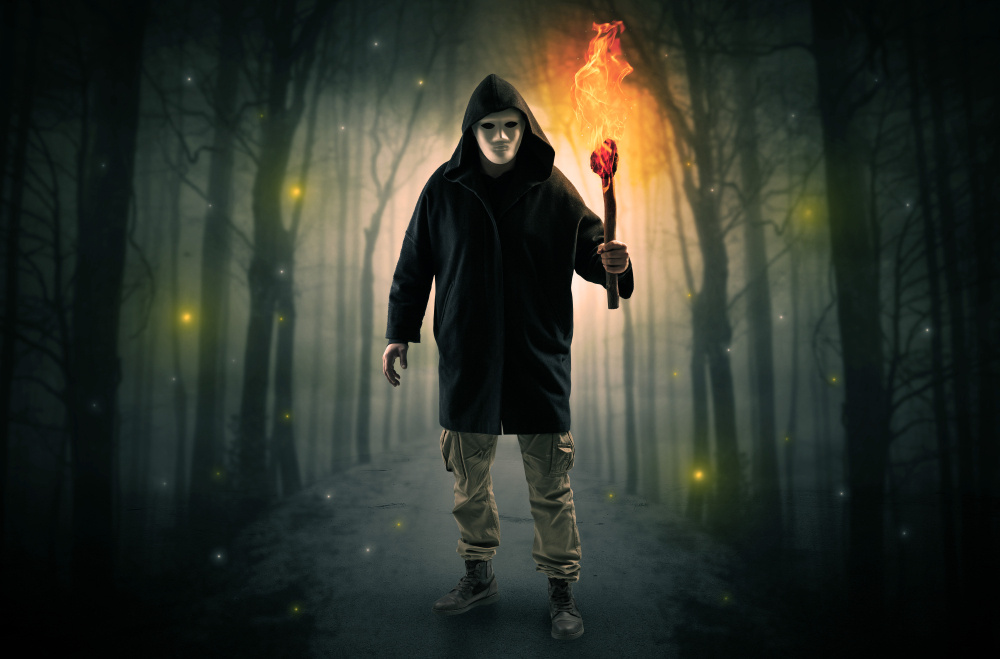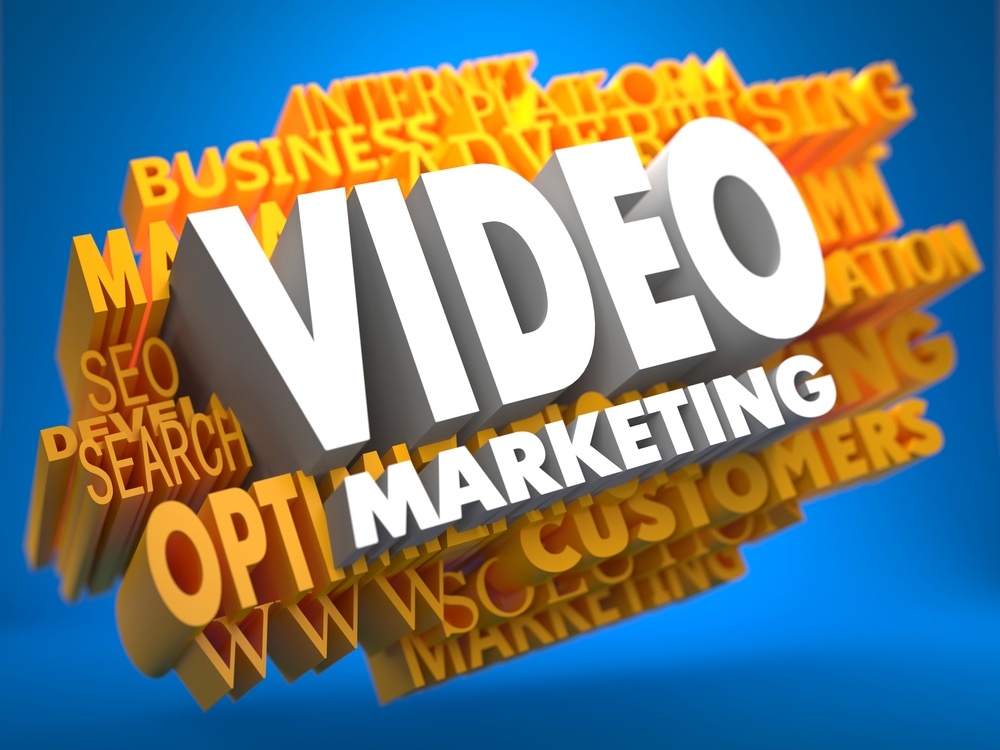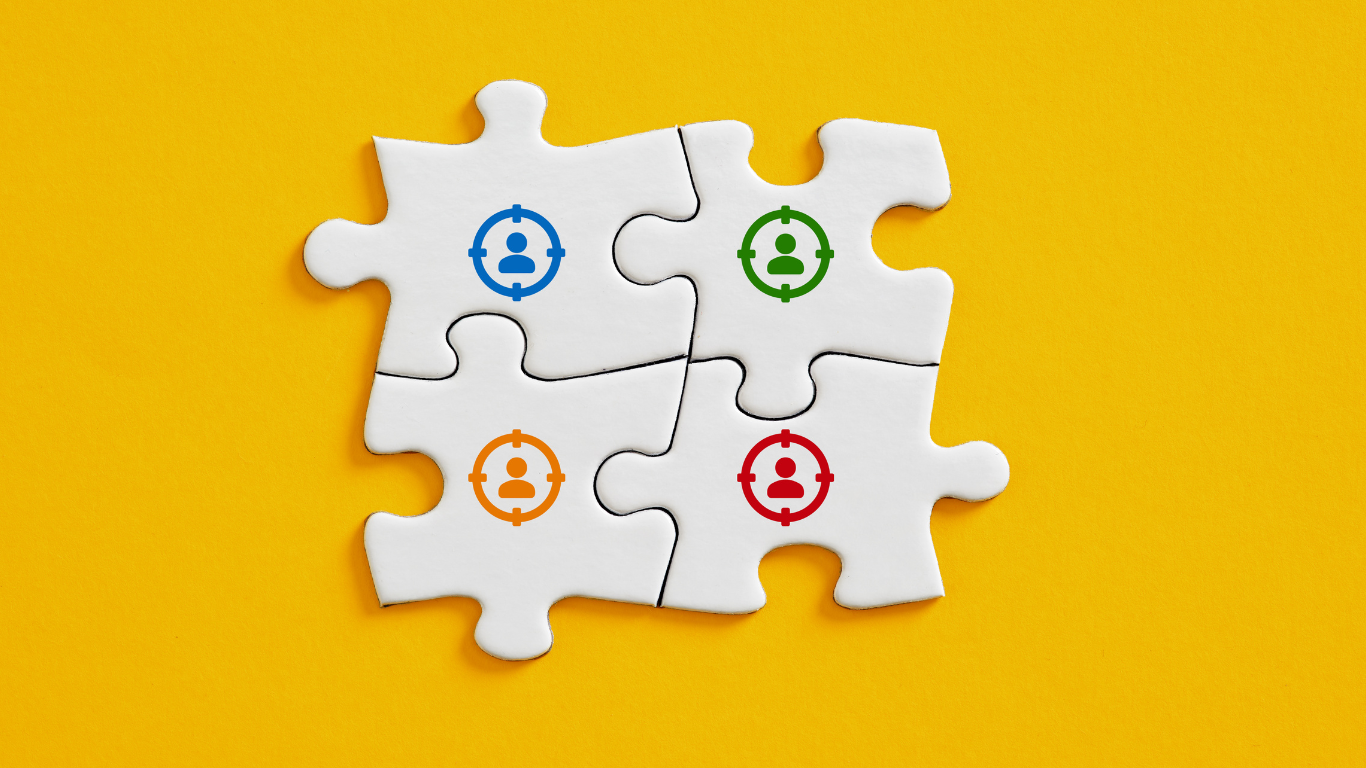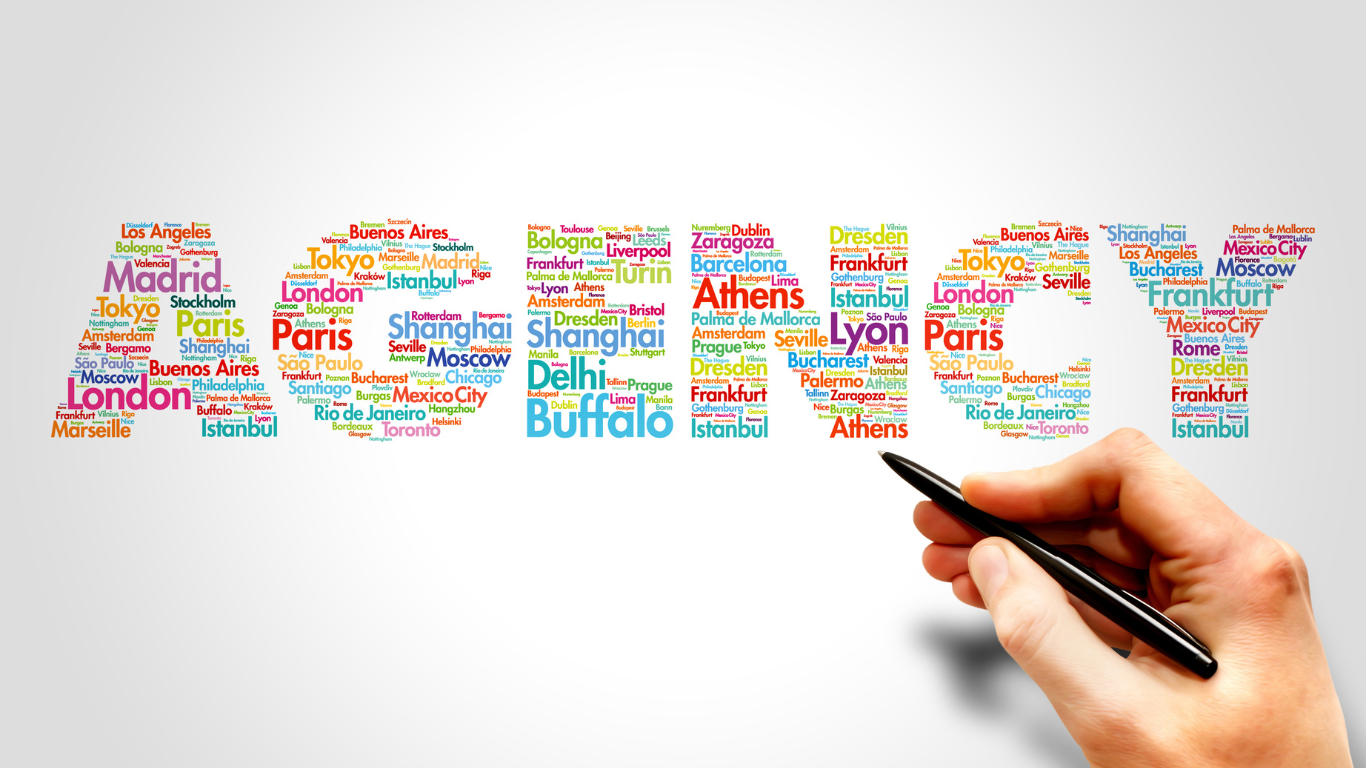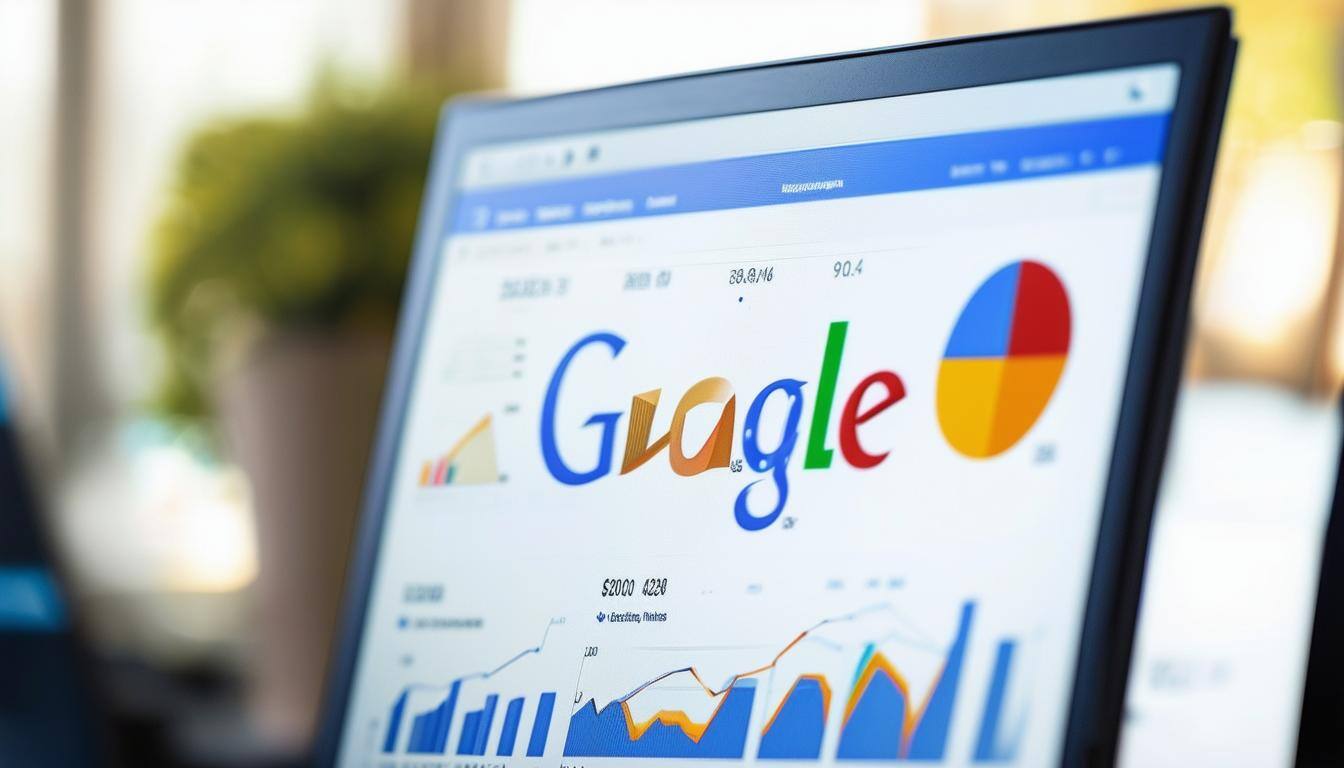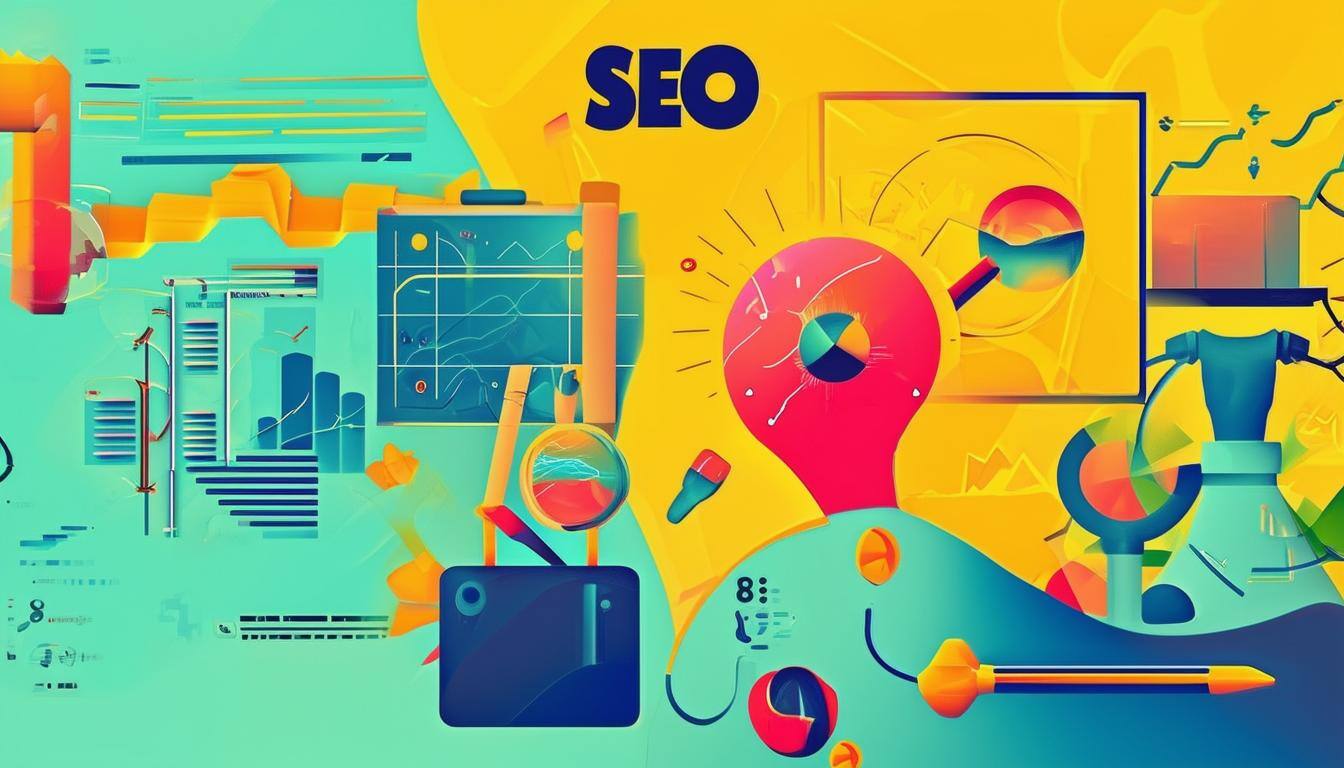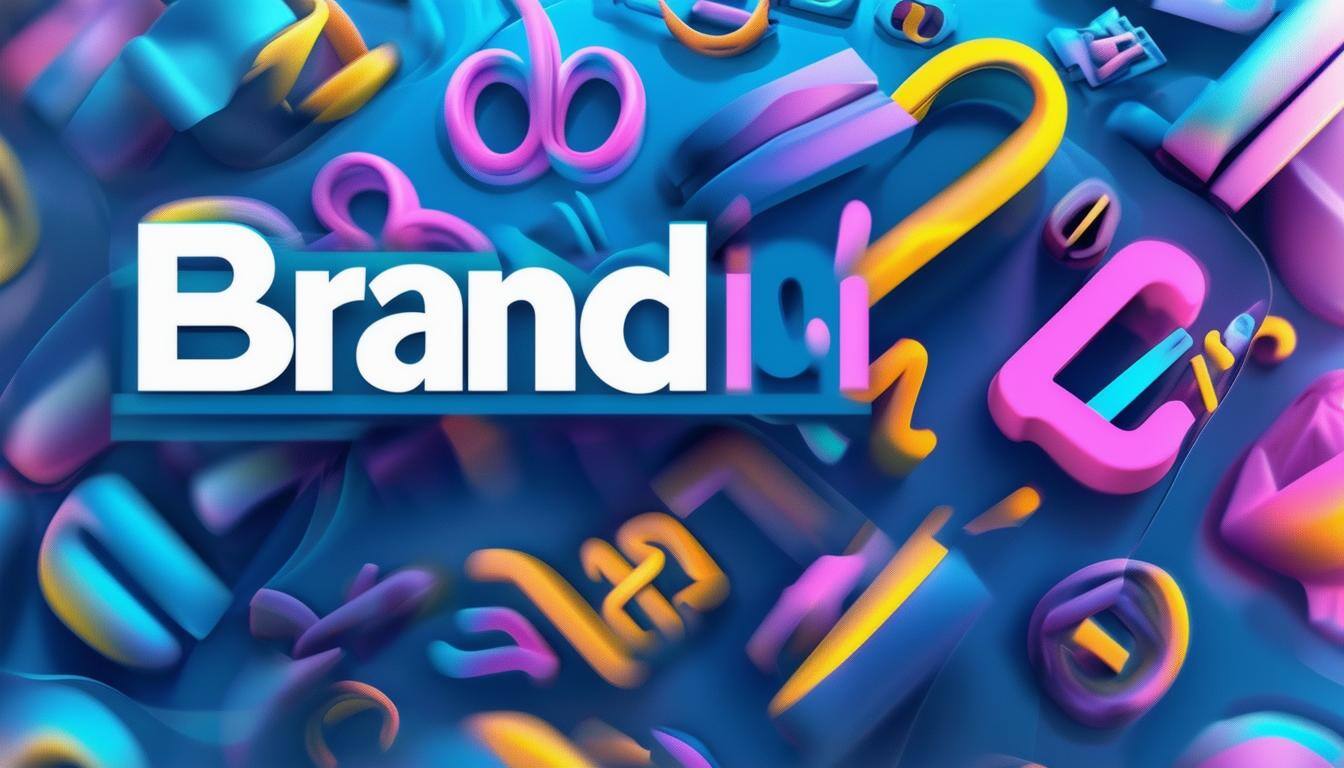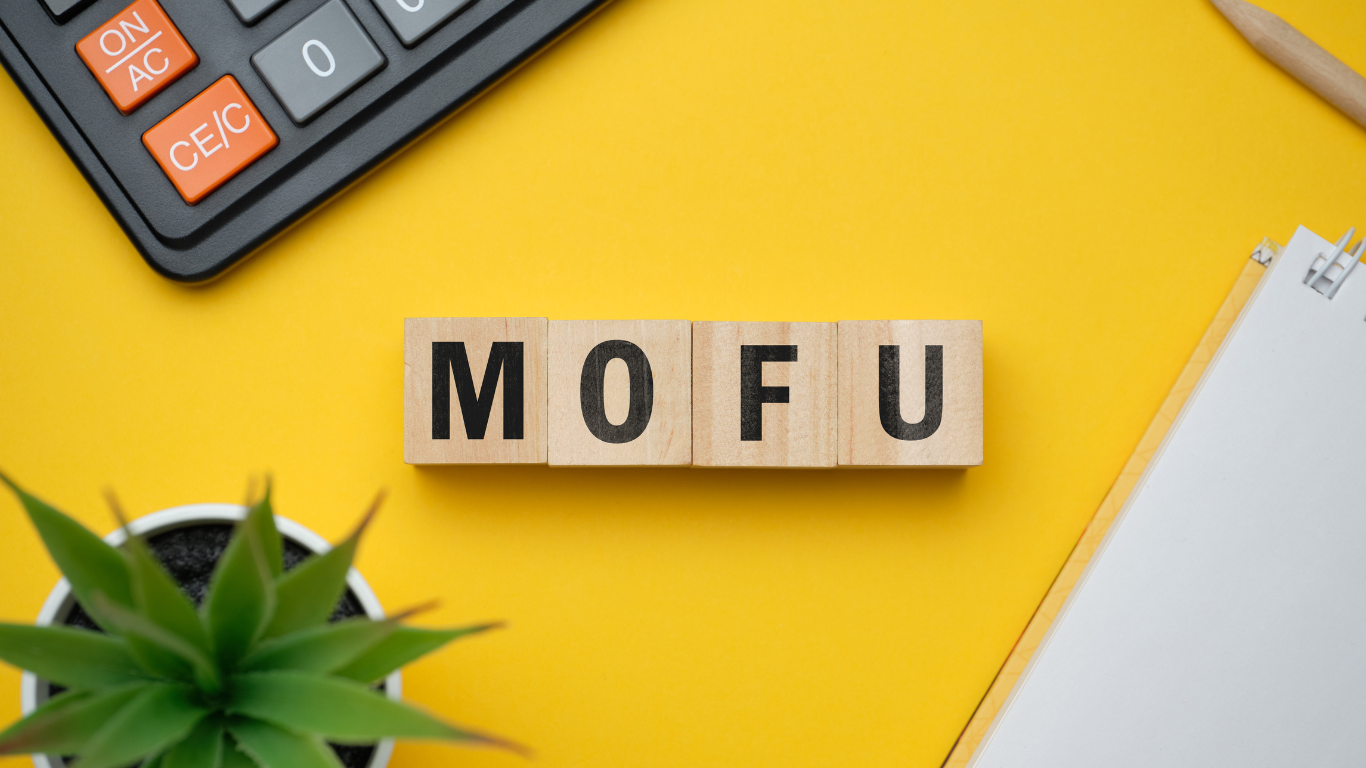Halloween offers a prime opportunity for brands to stand out, engage customers, and give marketing a fun, spooky twist. Whether it’s through playful content, seasonal offers, or interactive experiences, incorporating Halloween into marketing outreach can build brand loyalty and boost revenue. Let's look at some strategies and real-world examples, including how companies in healthcare and SaaS harness Halloween magic to captivate customers and boost the bottom line.
1. Limited-Time Offers: Creating Urgency with Halloween-Themed Promotions
One of the simplest ways companies drive revenue during Halloween is by crafting exclusive, limited-time offers. These promotions can include discounts, themed bundles, or special editions available only during Halloween.
Example: Dunkin’ Donuts’ “Boo It Yourself” Donut Kits
Dunkin’ Donuts releases a “Boo It Yourself” donut decorating kit each Halloween, allowing customers to create their own spooky treats. In 2020, these kits contributed to a 4% increase in sales, attracting both regulars and new customers.
Healthcare Example: Seasonal Wellness Packages
A healthcare provider could launch a “Spooky Spa Day” package, with services like pumpkin enzyme facials or immunity-boosting shots. Seasonal health promotions have been shown to drive a 5-8% revenue increase during October by tapping into clients’ heightened interest in themed, wellness-oriented offers.
Impact on Revenue: Limited-time offers create urgency and capitalize on FOMO (Fear of Missing Out), encouraging purchases that feel special, which can lead to measurable increases in seasonal revenue.
2. Spooky Email Campaigns: Eye-Catching Design & Halloween-Themed Content
Halloween email campaigns are a perfect way to reach audiences with themed content that grabs attention. With subject lines that play on Halloween phrases and visually rich content, these emails can boost open rates and engagement.
Example: Bath & Body Works Halloween-Themed Emails
Bath & Body Works features exclusive seasonal scents like “Vampire Blood” in Halloween-themed email campaigns. With festive designs and Halloween imagery, the brand saw a 14% lift in engagement, contributing to a 6% revenue increase in Q4.
SaaS Example: “Scary Good Deals” for Subscription Upgrades
A SaaS company could offer an upgrade promotion with email subject lines like “Unlock Scary Good Features!” paired with Halloween-themed email content. A company that launched similar seasonal upgrade promotions saw a 12% uptick in signups during October.
Impact on Revenue: Creative Halloween email campaigns drive click-through and conversion rates, appealing to seasonal interests, which translates to increased sales.
3. Social Media Challenges & User-Generated Content
Halloween is a highly visual holiday, making it ideal for social media campaigns that encourage user-generated content (UGC). Social media challenges, hashtags, and photo contests can build a community and often lead to a measurable increase in engagement.
Example: Starbucks’ #HalloweenAtHome Campaign
Starbucks launched #HalloweenAtHome to encourage customers to post their home-brewed Halloween coffee creations. The UGC campaign garnered over 100,000 mentions and contributed to a 7% rise in sales of their fall products.
Healthcare Example: Costume Contest for Patients
A healthcare provider could host a costume contest where patients share photos of their Halloween costumes, with entries shared on social media. Such interactive campaigns not only engage clients but can increase brand visibility, boosting patient visits by around 5-10% in October.
Impact on Revenue: User-generated content provides authentic promotion, builds a community, and often leads to increased brand awareness and sales.
4. Halloween-Themed Landing Pages and Gamified Experiences
Halloween-themed landing pages and interactive experiences can captivate visitors and drive conversions. Some companies create immersive online experiences, like virtual haunted houses or spin-the-wheel promotions with Halloween prizes.
Example: Spirit Halloween’s Interactive Website
Spirit Halloween’s interactive landing pages mimic a haunted house, inviting users to explore various “rooms” for deals. This led to a 12% boost in conversion rates and a 9% seasonal revenue increase.
SaaS Example: “Trick or Treat” Onboarding Game
A SaaS company might design a gamified landing page where visitors can “trick or treat” to unlock insights, tutorials, or promotional offers. Interactive Halloween themes have been shown to improve user engagement by over 15%, making users more likely to explore products and eventually subscribe.
Impact on Revenue: Themed landing pages enhance user experience and can lead to higher conversions and stronger brand affinity.
5. Engaging In-Store Experiences
For brands with physical stores, Halloween is an opportunity to create unique in-store experiences, from themed decorations to costume contests and trick-or-treat events, all of which can increase foot traffic and sales.
Example: Target’s Boo Bash Events
Target hosts “Boo Bash” events featuring costume contests and candy giveaways, transforming its stores into Halloween destinations. This led to an 8% increase in seasonal sales in Q4 2022.
Healthcare Example: Halloween-Themed Open Houses
A clinic might host a “Healthy Halloween” open house with pumpkin-themed snacks, health screenings, and wellness tips, especially for families with children. Such events tend to increase community engagement and, subsequently, appointment bookings by up to 10% in October.
Impact on Revenue: Themed in-store events increase foot traffic and lead to higher purchase rates, boosting both customer loyalty and sales.
6. Paid Ads with Halloween Twists
Halloween-themed ad campaigns capture seasonal interest on social media and search engines. By aligning ad content with Halloween search trends, brands can increase visibility and attract new customers.
Example: Snickers’ “Hunger Bars” Campaign
Snickers’ ads for their limited-edition “Hunger Bars” featured Halloween-themed phrases like “Cranky” and “Loopy.” The campaign boosted sales by 15% during Halloween week, leveraging Halloween’s candy tradition.
SaaS Example: “Eerie-sistible Deals” on Software Upgrades
A SaaS brand could promote limited-time discounts with Halloween-themed paid ads, like “Our Prices Are Going Back to Haunt You!” A similar campaign by a software company reported a 20% increase in lead generation in October.
Impact on Revenue: Seasonal ads resonate well with consumers and can drive new interest, leading to higher conversions and significant revenue increases.
Conclusion
Incorporating Halloween into marketing outreach is a fun, effective way to engage with audiences, create memorable experiences, and ultimately drive revenue. Brands like Dunkin’ Donuts, Starbucks, and Spirit Halloween show that aligning marketing efforts with Halloween can have a big impact on engagement and the bottom line. By tapping into the spirit of Halloween, healthcare and SaaS companies can similarly capture customer attention, build brand loyalty, and see measurable boosts in revenue.

A.H Brands
.png?width=500&height=200&name=Its%20Pet%20Cancer%20Awareness%20Month%2c%20and%20were%20committed%20to%20educating%20people%20about%20pet%20cancer%20and%20available%20resources.%20Innovative%20treatments%20now%20harness%20pets%20own%20immune%20systems%20to%20treat%20and%20manage%20va%20(13).png)
